

Creation of design and interactive solutions for ecotrail
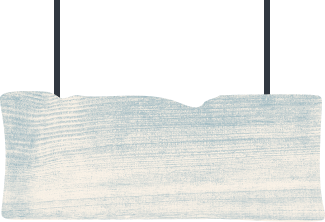

Creation of design and interactive solutions for ecotrail
The main target audience of the ecotrail

Local residents and guests of the villages of Purnema and Lyamtsa.

Organized groups of school students.

Tourists — participants of whale-watching and bird-watching tours.

Tourists — participants of natural, historical and cultural heritage tours.

Tourists — participants of winter snowmobile tours.


Project Goal
To introduce locals and tourists to the taiga and marine ecosystems of the White Sea coast. To promote the development of ecotourism in the coastal zone of the national park and in the marine protected zone. To remind people about the rich history of these places and look into their future.
Idea
The route is a coherent story of places which nature has served mankind in different ways at different times.
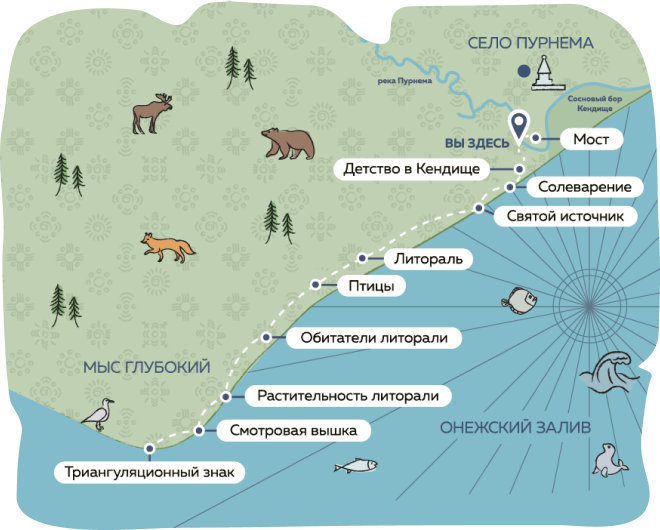

Following the breath of the sea, visitors are introduced to monastery saltworks, the coast of the sea, underwater forests, seaside forests, as well as the inhabitants of the littoral — the intertidal zone: gulls and, of course, white whales — beluga whales.


Content
While writing texts for displays, it was important to transmit maximum information about the history and the structure of the White Sea coast ecosystems. The materials were meticulously collected by the scientific department of Onezhskoye Pomorye National Park. The information blocks were elaborated by designers to create a harmonious balance between the text and the illustrative part using schemes, illustrations and infographics.
A PROTOTYPE HELPS TO STRUCTURE CONTENT AND MAKE A COMPETENT DESIGN LAYOUT
Each display is dedicated to a different point on the route map and helps the visitor to immerse himself in its history or suggests which natural phenomena he should pay attention to.
For most of the displays we used interactive solutions: opening windows, cubes and books.
For most of the displays we used interactive solutions: opening windows, cubes and books.
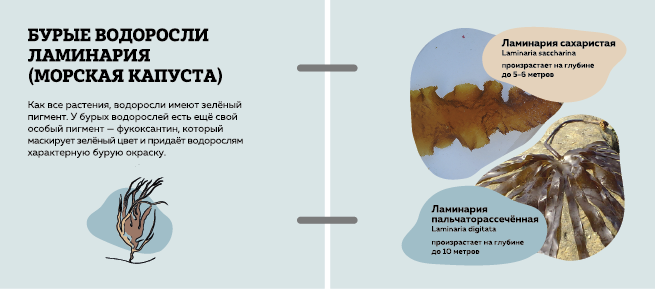

Design
The team's task was to develop a design that would be equally suitable for telling the story of the Onega coast and for introducing its ecosystems. It was also necessary to keep in mind the connection with the existing brandbook of Onezhskoye Pomorye National Park and use solutions that would be appropriate for open-air placement and consonant with the beauty of northern nature.
The basis for the design concept was the brandbook of the national park. To make it easier for visitors to perceive the information, it was decided to make the displays light. So we added shades of sand and sea for the backgrounds: beige and blue to the basic colors of the brandbook.



We also wanted to use something local and recognizable in our design. A detail that would express the harsh and free spirit of these places to the fullest. Such a detail was the "plavnik" material, a traditional for the coast of the northern seas — wood soaked in sea water and washed ashore. The tinted texture of the wood inspired us to create shaped header outlines, text bars, photographs, and background images.




Illustrations
Working on the design, the project team created a series of original illustrations. Stylistically they are in harmony with the illustrations of the national park’s brandbook.
In fact, the illustrations are needed for easier perception of a large amount of information and to build a competent visual communication with the ecotrail visitors.

Our graphic designers developed the illustrative range for each display and each ecotrail theme, immersed themselves deeply in the material, and produced a series of original illustrations.


More than a hundred of drawings were created, ranging from small sketches of snails to large, detailed images of saltworks.

Interactive solutions
We decided to diversify the way visitors interact with the displays as much as possible and used interactive solutions for their design: opening windows, cubes and books.
Direct contact allows you to gradually immerse yourself in the topic and improves its perception. Thus, looking through the windows and scrolling through the book, visitors gradually discover something new for themselves.

Illustrations on the transparent background become a natural continuation of the surrounding space and transfer the interaction to a fundamentally new level: interaction with the ecotrail’s natural objects.


Thus, a visitor does not just move along the route from point to point, but passes from one level to another, becoming more and more deeply immersed in the meanings.
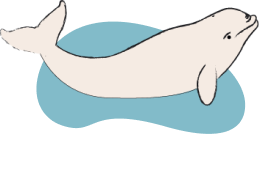
Walk along the trail to learn about the history of Onezhskoye Pomorye and see with your own eyes white northern beluga whales.
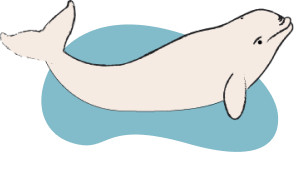
Project Team

Anastasia Vasilchenko
Project Manager, Art Director
Project Manager, Art Director


Irina Balabanova
Project Manager
Project Manager

Tatiana Denisova
Editor
Editor

Natalia Kalashnikova
Lead Designer
Lead Designer

Ekaterina Yurchak
Graphic Designer
Graphic Designer

Lyubov Belova
Graphic Designer
Graphic Designer

Olga Bazhanova
Graphic Designer
Graphic Designer
Scientific Advisors

Nadezhda N. Cherenkova
Deputy Director for Ecological Safety and Biodiversity Conservation of Onezhskoye Pomorye National Park
Deputy Director for Ecological Safety and Biodiversity Conservation of Onezhskoye Pomorye National Park

Anna Antsiferova
Chief Curator of Museum Collections of Onezhskoye Pomorye National Park
Chief Curator of Museum Collections of Onezhskoye Pomorye National Park
Leave a request
By clicking the button you agree to the Privacy Policy
other projects







